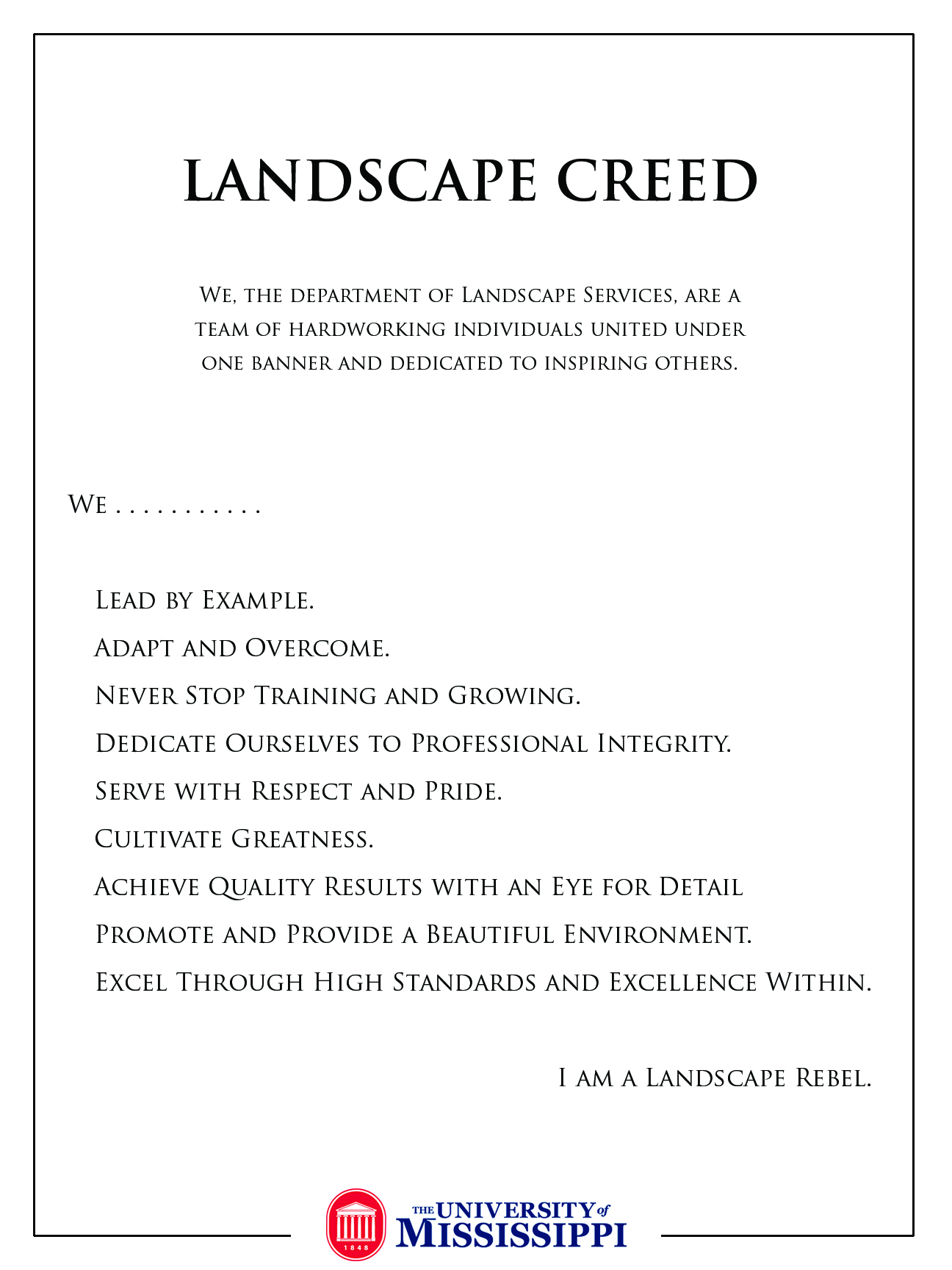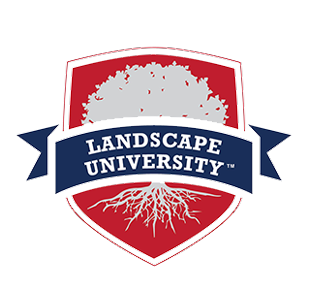Green
Trees:
- On average, Landscape Services plants 200 new trees on campus each year.
- 6,568 shrubs were planted on campus last year.
- Every year, Americans throw away 24 million tons of leaves . Landscape Services recycles and reuses 100% of the leaves on campus.
- An adult tree can change 48 pounds of carbon dioxide into oxygen each year. That is enough to keep 2 people alive.
- Trees reduce erosion. Roots keep soil from washing away and the canopies reduce the impact of rain onto the ground. They also store and absorb water, reducing the amount of water the ground must retain.
RECIPE FOR HOME COMPOST
Mix together and moisten and turn occasionally until dark and crumbly (several weeks to a year):
1 part "green" = fresh grass clippings, manure, garden plants, and fruit and vegetable scraps
3 parts "brown" = dried leaves and plants, branches, and woody materials
Use the compost around trees, shrubs, perennials, and even house plants to deter weeds, improve soil structure and retain moisture.
Source: epa.gov
- Trees trap dust, smog, and other debris that pollutes the air.
- Trees help save energy by reducing the cost of heating and air conditioning bills. Trees shade buildings, cooling them in the summer, and block cold winds in the winter.
- Urban forestry in the U.S. produces enough oxygen to offset oxygen consumption for 2/3 of the total U.S. population.
- A single tree will absorb a ton of carbon in its lifetime.
Turfgrasses:
- There are roughly 354 acres of turfgrass across campus.
- A turf area of 50x50 feet creates and releases enough oxygen to support a family of four. That means that the grass on campus could support 6,168 families!
- Healthy, dense lawns absorb rain 6 times more effectively than a wheat field.
- Turfgrass traps a large portion of the 12 million tons of dust released into the atmosphere.
- 90% of a grass plant is housed in its roots. Like tree roots, grass roots help fight erosion.
- Turfgrasses help purify water that eventually enters underground aquifers by using their root mass and soil microbes to filter out pollutants.
Plants:
- What happens with plants when they are removed from beds on campus? Shrubs and other long lasting plants are simply relocated, not thrown away. In the past, seasonal plants have been donated to local schools to promote learning and education.
Red, Blue & Green
For more on The University of Mississippi's commitment to the environment and sustainability visit http://www.olemiss.edu/green.


